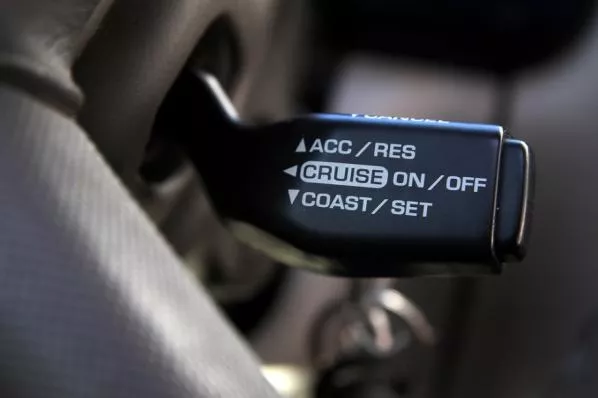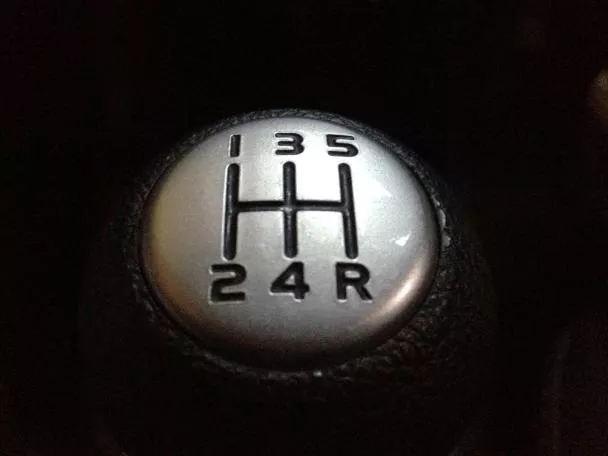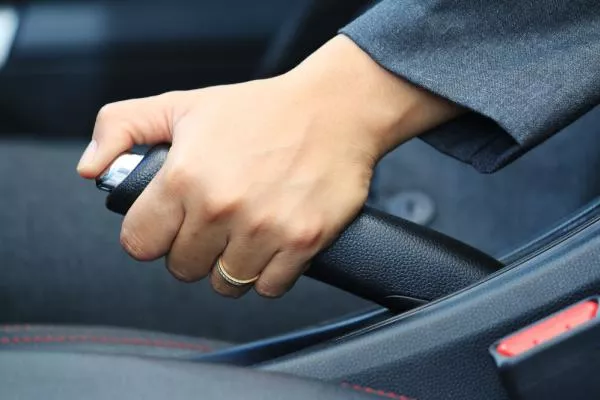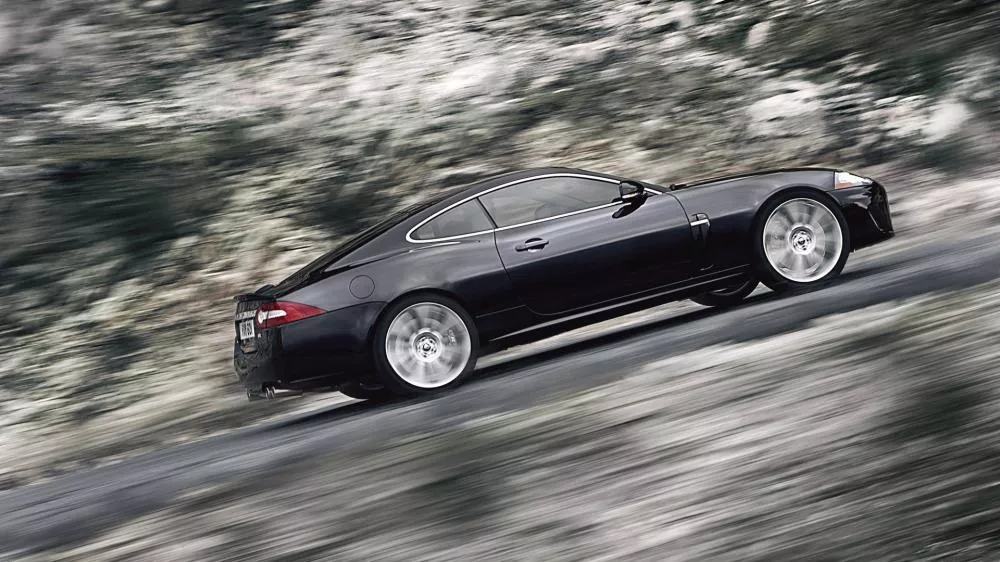You must have seen a lot of accidents which happened due to brake failure. The consequences of those incidents are often terrible. Almost nobody could have a nerve to remain calm when their car is on a freeway with the speed reaching 75 mph (121 km/h) and suddenly found out the brake seems to be going on vacation somewhere. But if you know what to do, you can save you life. So today, we are going to talk about the dos and dont's when your brakes fail.
What To Do If Your Car Brakes Fail
>>> View more: How to make your brakes last longer?
1. Don’t let the freak out
Have you ever watched in any movie or read somewhere about a hero who panic in decisive moments? Remember that, panic will not get you through the danger, it will only make it worse. So, first thing to do is to take a deep breath and then exhale all the fears out of your mind. Science has proofed that breathing can help clear out scary thoughts and make you more confident.
2. Stop pushing the pedal and turn off the cruise control
Cruise control system is a great feature, especially when you are driving on the freeway because it helps you keep the speed under control. It makes driving easier and more convenient. But in this circumstance, you should turn it off right the moment you know the brake has failed. Normally, this mode will automatically turn off if you press the gas, but now your brake may be paralyzed, so there’s nothing to ensure that it will turn off. Better safe than sorry, turn it off manually.

Cruise control helps you control speed
3. Retry pressing brake pedal
Don’t give up on the brake yet, try it several times. If you feel the softness and the pedal is going down the floor, the problem might be at a faulty master cylinder or the carlipers. So, pumping the pedal many times could help you rebuild enough baking pressure for your car to stop. It won’t instantly stop, it matters that you keep trying even with the ABS activated. Then, squeeze the brake pedal down to the floor quickly to activate all the pressure you have preserved before. Keep it squeezed down there.
Otherwise, if the pedal is hard to press and not moving, possibly some components in braking system have failed or simply, there are some obstacles under the pedal. To be sure, take a look at the pedal to see what’s going on there.
>>> Related: Car pulling to one side when braking: 6 possible causes
4. Downshift to lower gear
The higher the gear reaches, the faster your car runs. Thus, shifting into low gear will slow down your car. Shift into the lowest (which usually marked as “1” on the shifting mechanism) if possible.

Shifting into low gear will slow down your car
If you own a car using manual transmission, you could down one or two gears at a time. However, except when it’s so urgent that you have to slow the car as soon as possible, this will make your car go out of control.
Automatic transmission cars usually have tap-to-shift button, which is placed either on right or left side of “Drive” button. Hit that to shift to manual mode and then press minus button to downshift. In addition, if your car is equipped with some more functions for braking, that would be great, but keep in mind to use them slowly. Don’t rush!
5. It’s time for emergency brake
This could be your last try to stop the car, use it wisely. Emergency brake or parking brake is usually designed to stop the vehicles, but it can only work gradually. The reason is that parking brakes only increase the friction on the back wheels. As noted above, pull or push the brake carefully, slowly and steadily. This brake can lock off the tires, roughly activating it could cause a serious problem, especially while the car is still fast and furious.
The damage could be same if you get off the car. You could avoid that by engaging the release button while performing an emergency brake. It could help balance the pressure you force the brake to work.

Pull or push the brake carefully, slowly and steadily
While pushing/pulling the parking brake, pay attention to the sound of the locked tires. If you can hear or feel it clearly, release the brake a little and hang in there. Just because the tire squeal loudly, it does not mean they’re completely locked. You could also apply the brake with handle E-brake in only three clicks and finally apply another one or two more clicks to pause the car.
6. Don’t just stare at brake pedal
While the priority now is to stop car, you must also watch out the traffic ahead. There is no use that you keep struggling with the brake and then hit other cars, pedestrians or dangerous obstacles. Traffic is not always easy, therefore, try to keep calm, find a way with the brake and keep your eye on the traffic alternately.
7. Take advantage of surroundings
Besides the ways above, you can naturally halt the car by swinging side-to-side, if there’s enough room and the way is clear. That’s the way you create natural friction. If possible, quicky rotate the wheel from left to right and in reverse. That could slow the car down a litte bit. But note this down, do not try this at high speed and in heavy traffic.
While turning side-to-side, you could add more techniques to your halting process. We have some to suggest. But just to remind you, these are extremely dangerous at high speed, take consideration whether you should use them or not.
First, try to find some inclines that're high enough to go up. If this does not help, you have to prepare to do reverse driving or wisely use emergency brake. Don’t let your car dart down those inclines because the car will be speeded up.

Try to find some inclines that're high enough to go up
Guardrails could be a solution as well. Use your tire to apply friction to the guardrails. There’s no doubt it will slow the car. But, it requires some driving techniques. Hope you could do it.
If two options above seem not to be promising, although we don’t highly recommend, you could hit your car with some objects: cars, trees, … Unless you’re at high speed, you could do those things. Before you do that, let’s move to the following step as well as the last one.
8. Minimize possible damage
In case the chance to stop the car seems to gradually go back to zero. Take a deep breath again, keep calm and let the car horn scream as much as possible. Also, attract attention of other drivers and pedestrians and let them know you are in trouble, maybe by letting the window open and shouting out crazily as well. People tend to get themselves away from crazy drivers. Then, find a safe place to land or crash. It’s usually a tree (as we've said above). You should avoid directly crashes to keep yourself safe, surely.
Philkotse has gone through several steps about what you should and shouldn't do when your car brake is not working. We don’t expect you will encounter this situation in the future, but it’s still useful for you to get prepared. Once again, hope you drive safely!
Recent posts
- What are brake pads made of Feb 01, 2021
- How to adjust drum brakes Jan 30, 2021
- 6 signs showing that your car's brake system needs maintence Mar 17, 2021
- Everything You Need To Know About Brake Fluid Aug 17, 2022











